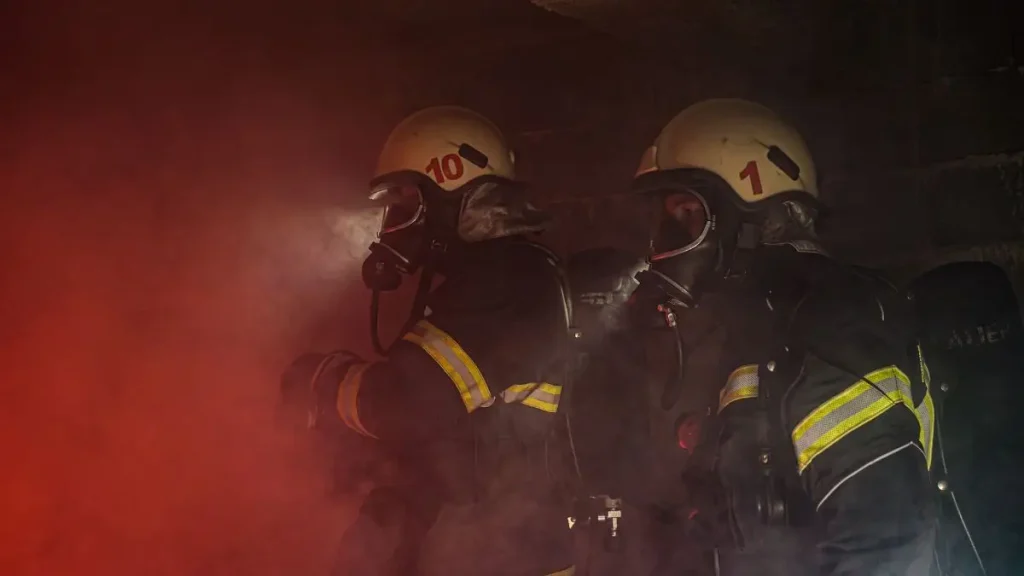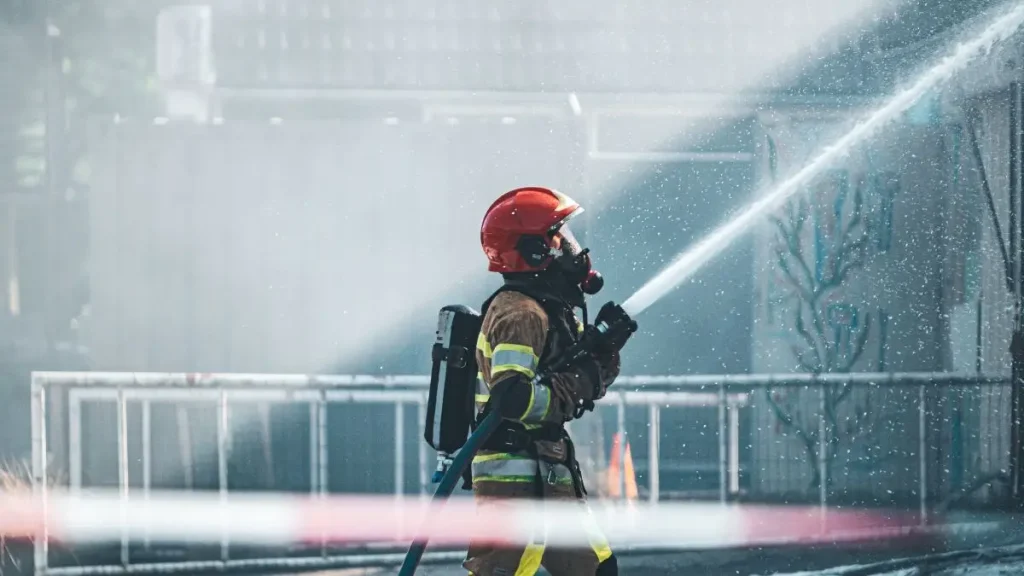11 Dogs and 4 Cats Killed in Maine House Fire
I still remember reading about this fire in Avon, Maine, and it hit me hard. Late Tuesday night, flames engulfed a home on Mile Square Road, and by the time crews arrived, the house was completely consumed. It’s hard to even imagine the devastation inside. Sadly, at least 11 dogs and 4 cats didn’t make it out. No humans were home, but the loss of so many beloved pets is heartbreaking.
You might wonder how something like this could happen. The fire was reported around 9:40 PM, spotted by someone who could see the flames across the ridgeline. But reaching the house wasn’t easy. It was at the end of a long, tree-lined driveway, hidden from view. Firefighters had to navigate carefully, even flying a drone to locate the blaze.
By the time they got there, it was already too late for the animals. The home and a vehicle were destroyed, and the fire briefly spread into the surrounding woods. It’s a stark reminder that emergencies in rural areas can escalate fast, even before anyone has a chance to respond.
Challenges in Firefighting Response

When I think about the response to this fire, it’s remarkable how challenging it was for the firefighters to even reach the house. The home on Mile Square Road was at the end of a long, tree-lined driveway, hidden from view. According to 29News, it took nearly 45 minutes for crews to locate the property.
That delay, even though the responders were doing everything they could, made the tragedy far worse than it might have been otherwise.
To make matters more complex, the responders had to use technology in creative ways. They flew a drone over the property to get a better view of the flames, while deputies drove up and down every other driveway on the road. Eight different fire departments responded to the scene, coordinating efforts in real time.
I can’t help but think about the enormous stress and pressure these first responders faced, knowing that pets were trapped inside and every second counted.
This incident really highlights the hidden dangers of rural fire response. You might live in a quiet area and think a fire is unlikely, but when homes are tucked away like this, even a fast-acting call for help can take precious time to reach its target. It’s a sobering reminder that geography, tree cover, and remote access points all play a role in how quickly help can arrive.
Situations like this remind me of another incident where two firefighters were injured while battling a house fire in New Hampton, highlighting the risks responders face in rural emergencies.
Investigating the Fire’s Cause
After the flames were finally under control, the Maine State Fire Marshal’s Office began its investigation to determine what caused such a devastating fire. However, as reported by WMTW, they were unable to pinpoint a cause due to the extensive damage.
That might be frustrating to hear, but it’s a reality many families face after major fires—sometimes the fire itself destroys the very evidence needed to understand how it began.
I find this part especially important because it underscores a truth most people don’t think about until it’s too late: prevention is your first line of defense. Once a fire reaches a certain scale, even experts can’t always trace its origin.
For anyone living in rural areas, this means that having smoke alarms, clear access routes, and early detection measures isn’t just a recommendation—it’s a necessity.
Even though the cause remains unknown, the investigation still matters. It shows the level of detail and care that authorities put into understanding what happened, and it offers lessons for the future. You start to realize that while we can’t control everything, we can prepare ourselves and our homes to minimize the risks as much as possible.
While the cause of this Avon fire remains undetermined, other cases, like a man arrested in connection with Shelby mobile home fires, show how investigations can sometimes uncover criminal activity.
Community & Animal Welfare Response

Even amid such heartbreaking loss, the response from the community was incredible. Neighbors and local residents quickly rallied to support the family, offering emotional support, meals, and anything they could provide.
Animal welfare organizations stepped in as well, giving guidance on coping with the loss of multiple pets and advice for preventing similar tragedies.
Scrolling through social media posts, I saw people sharing stories of their own pets, sending condolences, and even raising awareness about fire safety for animals. That collective empathy really stands out—you realize that while the fire destroyed property and claimed lives, it also highlighted the resilience and compassion within a community.
Reading these reactions made me reflect on how important it is to connect with local resources. Having contacts in animal welfare organizations, knowing neighbors, and participating in community safety programs can all make a difference if disaster strikes.
It’s not just about firefighting; it’s about the networks we build and the support we can offer when tragedy occurs.
Even smaller fires, like one in Iowa that left a resident injured and taken to hospital, remind us how quickly situations can escalate without proper safety measures.
Key Takeaways and Preventive Measures
After reading about this fire, I kept thinking: what could have been done differently? For anyone living in a rural area, certain precautions are non-negotiable. Clear access to your home is critical—fire trucks need to reach you quickly, and long driveways hidden by trees can slow down even the fastest responders. Smoke alarms, fire extinguishers, and proper emergency equipment aren’t optional; they’re lifesaving tools.
Pet safety is another area that often gets overlooked. If you have dogs or cats, have a clear plan for emergencies. Know where your pets are at all times, consider keeping them in crates or designated safe areas, and make sure your household knows the evacuation plan. Even a few simple preparations can mean the difference between life and death.
Finally, you should know your local fire department’s routes, response times, and community support programs. Being proactive—clearing brush, ensuring visibility, and understanding how emergency services operate in your area—can reduce the risk and impact of fires. It’s about taking control of what you can and planning for what you can’t.
If you want quick, real-time safety tips and updates, you can join a WhatsApp group that shares alerts and practical guidance for emergencies in your area.
Closing Reflection
Thinking about this fire, I felt a deep sense of heartbreak for the pets lost. Eleven dogs and four cats didn’t make it, and their absence leaves a void that’s hard to imagine. But it also reminded me how quickly life can change in rural areas. Fires can escalate in minutes, and without preparation, even small mistakes can have devastating consequences.
I want you to take a moment and consider your own situation. Do you have a fire safety plan? Are your pets included in that plan? Are your access points and smoke alarms checked regularly?
Sharing your experiences and learning from tragedies like Avon’s can make a real difference. It’s not just about preventing property loss—it’s about protecting the lives of the ones you love, human or animal.
For more stories and tips on home safety and emergency preparedness, visit our Home Incidents section.
Disclaimer: The information in this article is based on reports from trusted news sources and official statements. It is intended for informational purposes only and should not be considered professional advice. Details may change as authorities release new updates.


